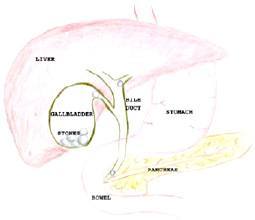- Home
- About
- Services
- Patient Info
- Conditions
- Post-operative Instructions
- Post-operative instructions Laparoscopic Cholecystectomy
- Post-operative instructions Open Hernia Repair
- Post-operative instructions Umbilical Hernia Repair
- Post-operative instructions Open Liver Surgery
- Post-operative instructions Laparoscopic Hernia Repair
- Post-operative instructions Sleeve Gastrectomy
- Post-operative instructions Laparoscopic Liver Surgery
- Topics of Interest
- Gastrointestinal System
- Useful Links
- Patient Info Sheets
- Diagnoses
- Treatment
- Patient Information Videos
- Appointments
- FAQs
- Contact Us

